Empowering myself with Lief’s real time heart rate variability data to build healthier habits each day
In our Lief Stories series, we’ve invited Lief wearers to share their journey with us, including why they signed up for the Lief program, how they’ve incorporated it into their daily routine, and the impact it had on their mental and physical health.
Tell us about yourself?
I’m a 37 year old program director in the technology space. My job is pretty stressful, and I also manage a team of 9, so there’s a lot on my plate every day. I feel like I have pressure coming from both sides — from my own boss as well as my reports, who I want to mentor well.
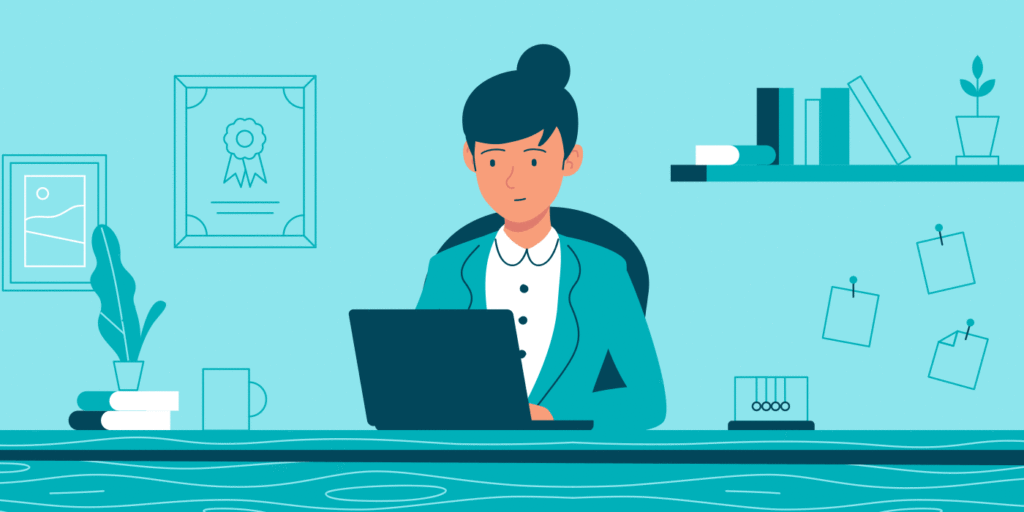
I try to be mindful about taking care of myself by eating balanced meals and going on walks, but I could do better. In the past, especially during the busy work week, I had a tendency to de-prioritize myself. I’d skip meals, not sleep enough at night, and be staring at my screen all day without taking a break.
As a result, I’d be burnt out at the end of the week, and then zone out in front of the TV all weekend. I didn’t want my free time to dissolve away in front of a screen, but sometimes I couldn’t muster the energy to do anything else. I know I’m not alone in feeling this way.
I recognize that it’s been an incredibly difficult year for people everywhere with COVID-19. I consider myself lucky in many ways, but I definitely still struggle with my mental health. My negative self talk has gotten worse over the years as the pressures at work and home have increased. I often find myself worrying that I’m being ineffective and disappointing people.
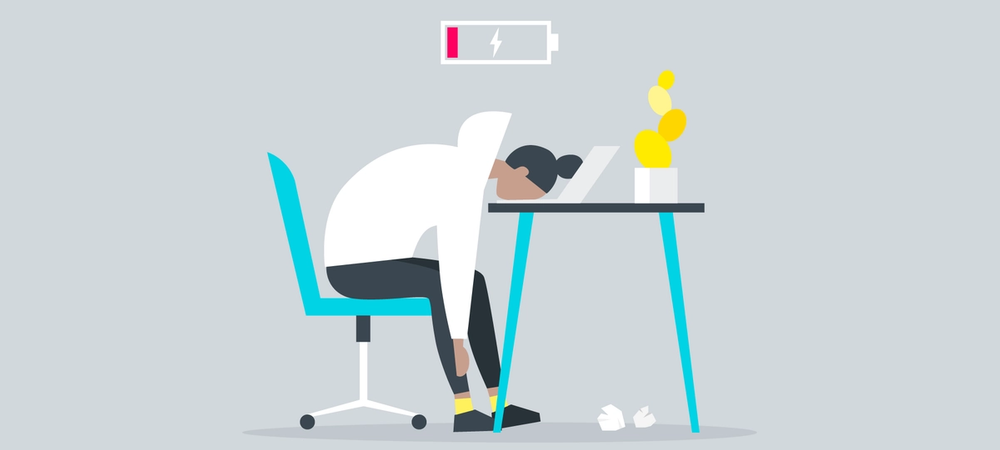
My anxiety levels noticeably increased this past year, largely due to the social isolation and feeling overwhelmed at work without my usual outlets for stress release (traveling, yoga class, meeting up with friends) because of the shutdowns. I had trouble falling asleep most nights and mindlessly scrolled through social media on my phone until I nodded off. Then, I’d wake up feeling exhausted and the cycle repeated.
What motivated you to sign up for Lief?
Originally, I’d been meaning to find a therapist to help me work through some of my ongoing issues with anxiety. This was on my To Do List for the last 2 years, but I felt overwhelmed browsing the list of potential therapists, because I knew it was just the beginning of a process.
First I needed to find a provider in my network, then check to see if they’re well reviewed, call to see if they’re accepting new patients, map it out to see if they’re close to my office or home, try to fit in an appointment around my work schedule, etc. I know taking care of my mental health is important, and I should be willing to dedicate the time, but just thinking about this whole process of finding a therapist made me want to get under the covers. Then I’d feel bad about not making progress finding a therapist, and resigned to my anxious state. Ha, it was definitely a vicious cycle.
When I heard about Lief on the Tim Ferriss Show, I was intrigued by the idea of continuously monitoring my biomarker data throughout the day. I liked that I could use heart rate variability biofeedback training to calm myself down, and participate in the mindfulness building at my own pace. I also appreciated that this was a non-drug option for my mental health, since I generally don’t like taking prescription medications that aren’t an absolute necessity.
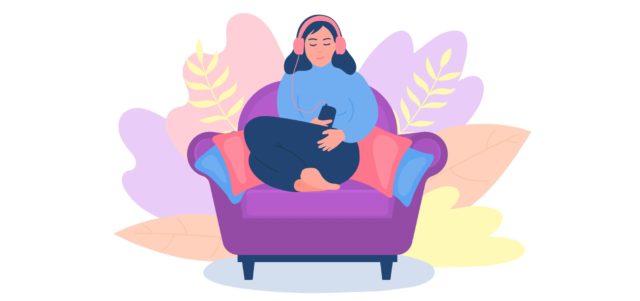
I hadn’t heard about heart rate variability biofeedback training prior to the Tim Ferriss podcast and researching Lief, but I figured I might as well give it a try. I wondered, could better mental health really be as simple as breathing in a specific way?? At the time, I didn’t realize there was more to the Lief program than breathing…
What tipped the scale for me was that it was a 100% remote experience, and I could get started immediately. Lief would ship the device directly to my home, and connect me to a remote Lief Coach, who I could communicate with whenever I had time. I could participate in the whole program without ever leaving my apartment, which was especially important during COVID-19.
What is your Lief routine?
I wear my Lief almost every day, so I can track how my heart rate variability changes throughout the day around different activities. Since i’m a data and goals oriented person, I enjoy tracking my heart rate variability levels each day, and improving my biofeedback success rate week to week. Seeing my heart rate variability go up in real time as I’m doing Lief’s Downtime exercise makes me realize I have control over how my body reacts to stress.
In general, I put my Lief on as soon as I wake up and wear it all day long until I go to bed. I charge it overnight using the USB outlet on my work laptop, so it’s part of my morning routine. It’s awesome seeing my data in real time. It’s one thing to suspect that certain activities stress my body out (ahem, alcohol!), and another to see it reflected back to me. My Lief data has helped me be more pro-active about taking care of myself.
Here’s an example of my heart rate variability snapshot during a stressful workday:
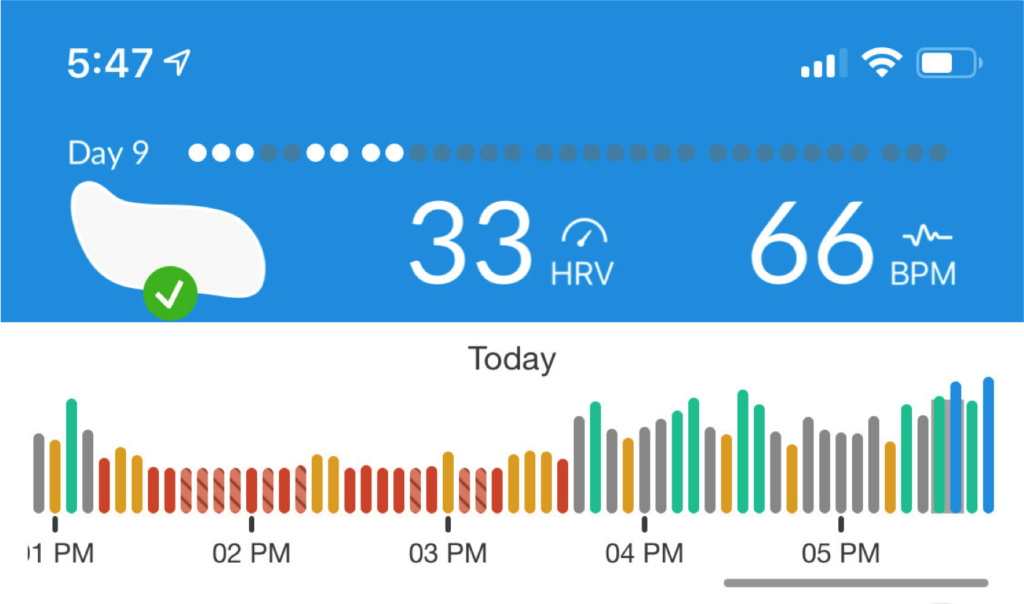
I had a difficult call around 1PM that triggered my anxiety. My heart rate variability, which had been in a neutral zone prior, dipped into the red for several hours. Seeing this data, I reflected: how could I help myself be less reactive so I could communicate better with others? How can I help myself restore when I’m feeling on edge? Instead of barreling through the rest of the day in a deteriorating state, how could I practice self care to get myself back to a place of calm balance?
Around 3:40PM, I called my sister for half an hour. She’s my favorite person in the world, and my sounding board when I feel upset. Amazingly, I saw this reflected back to me in real time as I spoke with her. Notably, I remained in an elevated heart rate variability zone for the rest of the evening. In effect, being able to practice self care in the form of social support had real impact on my physiology, as well as my mental and emotional state. My Lief data turned something nebulous and passive, “I’m not feeling great,” to something concrete and action oriented: “I’m not feeling well, which is reflected in my low heart rate variability, but I can do something about it by talking to someone I love.”
How does Lief help you?
The greatest value I derive from Lief is helping me be more proactive about taking care of my body, and in turn, my mind. Before having access to my heart rate variability data in the palm of my hand, I’d have a vague notion that I was feeling tense, but instead of acting on that, I’d brush it off with, “Well, everyone is stressed! That’s life.”
Lief empowered me to challenge this attitude of accepting unhealthy self-concepts, “I’m just a neurotic person who’s always on edge!” In fact, we have so much agency over our stress response by taking care of ourselves and practicing mindfulness. Now, when I feel on edge, instead of reacting in the moment, I’m able to take a pause and ask myself: Did you sleep well last night? Are you hydrated? Did you eat yet? Was it a nutritious meal? Would taking a walk around the block help you clear your head in this moment?
I also turn to the Downtime practice whenever I notice my heart rate variability is low, or I’m feeling tense. I love seeing my heart rate variability go up in real time as I create resonance frequency by syncing my breath with my heart rate.
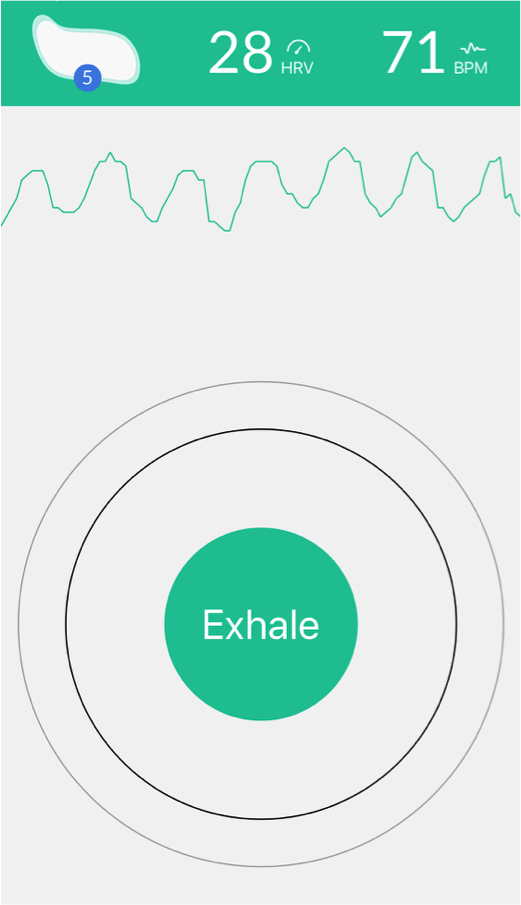
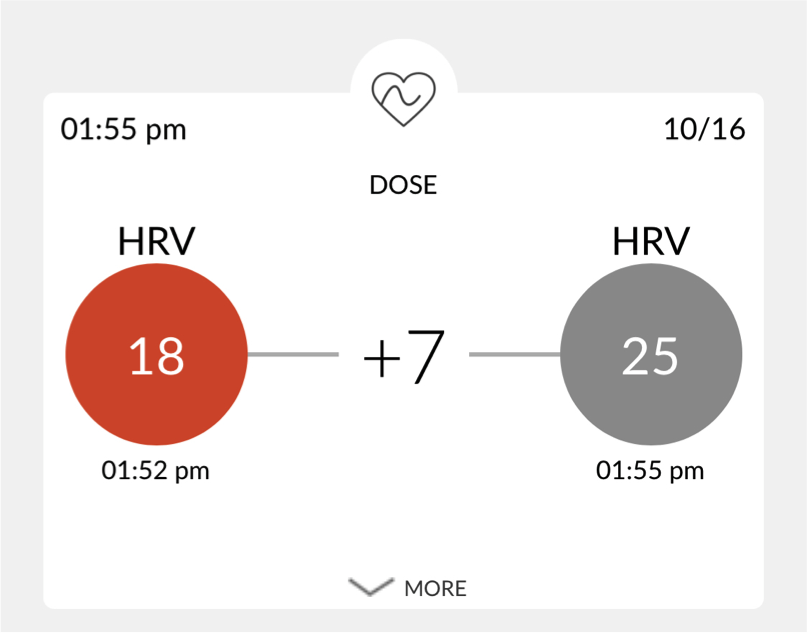
The biggest transformation for me is that I find it much easier to stop participating in unhealthy practices I’d routinely engaged in before, like having a glass of wine after dinner. Seeing how drinking alcohol put my heart rate variability in the yellow and red for several hours made me realize it’s having the opposite of the intended effect. After I stopped drinking every night after dinner, I noticed my sleep quality improved.
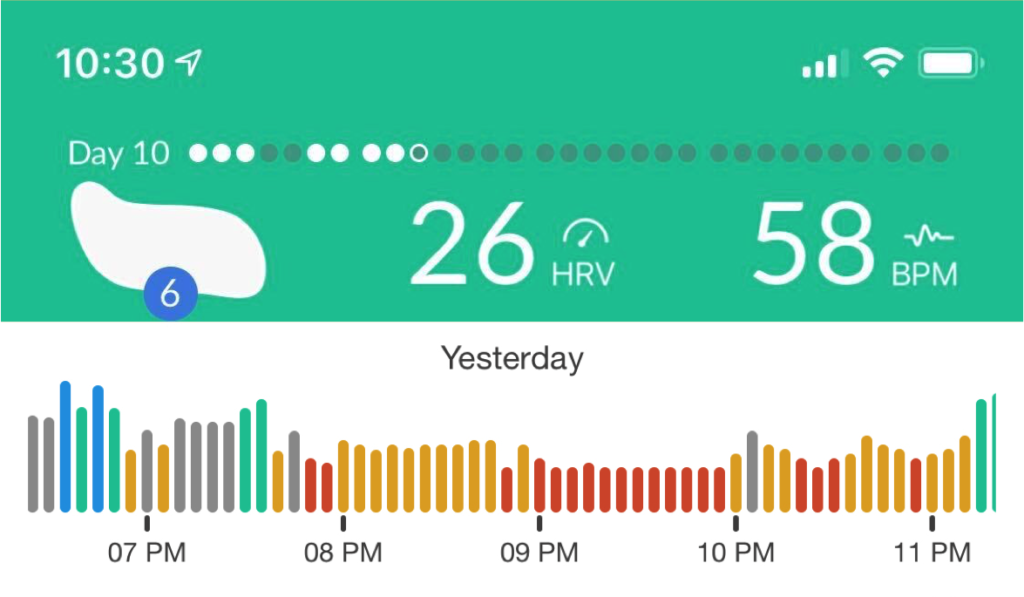
These seemingly minor changes in my daily habits add up to a much healthier lifestyle long term. Now, I enjoy prioritizing my physical health so that my mental health can thrive too. I’m being kinder to myself, which makes it easier to be compassionate towards others.
This interview has been edited for brevity and clarity.
If you’d like to share your Lief Story with us, please email hello@getlief.com with the subject line: My Lief Story. We’d love to hear from you!
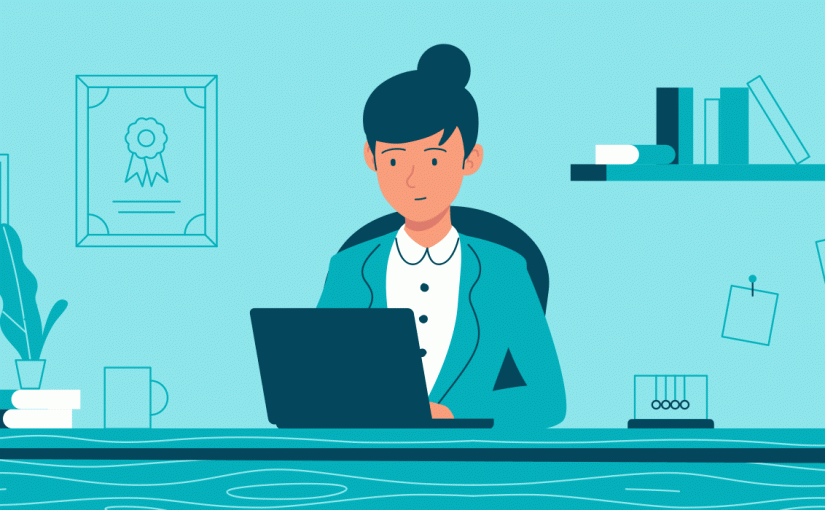

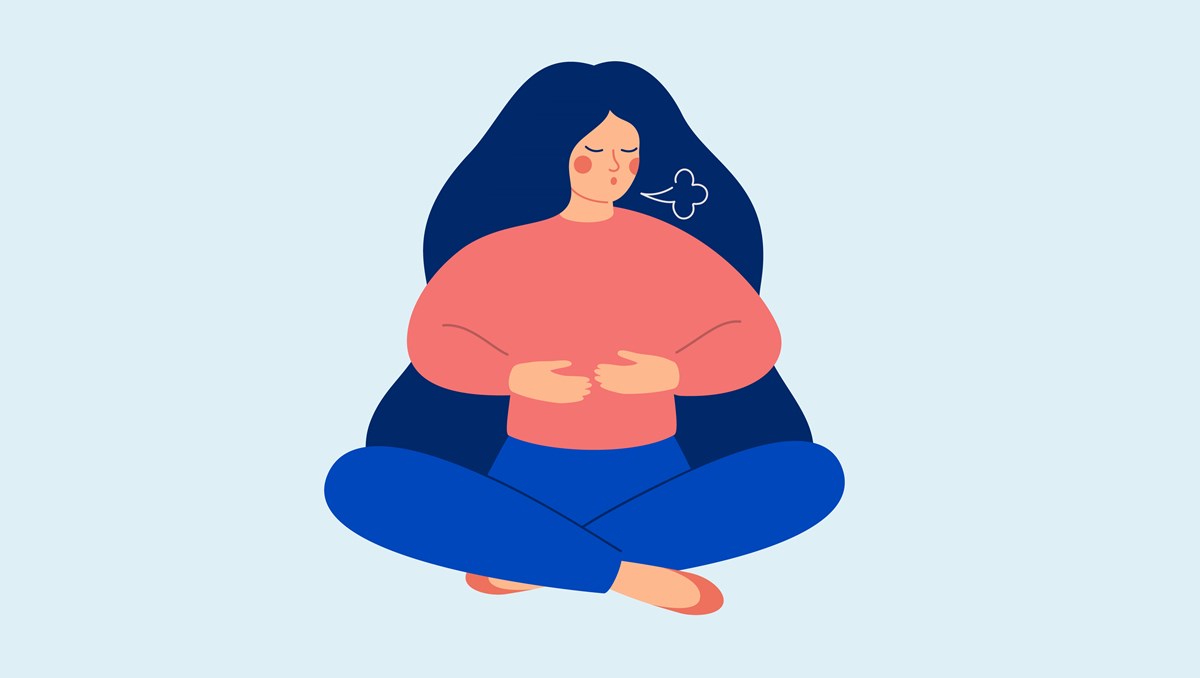
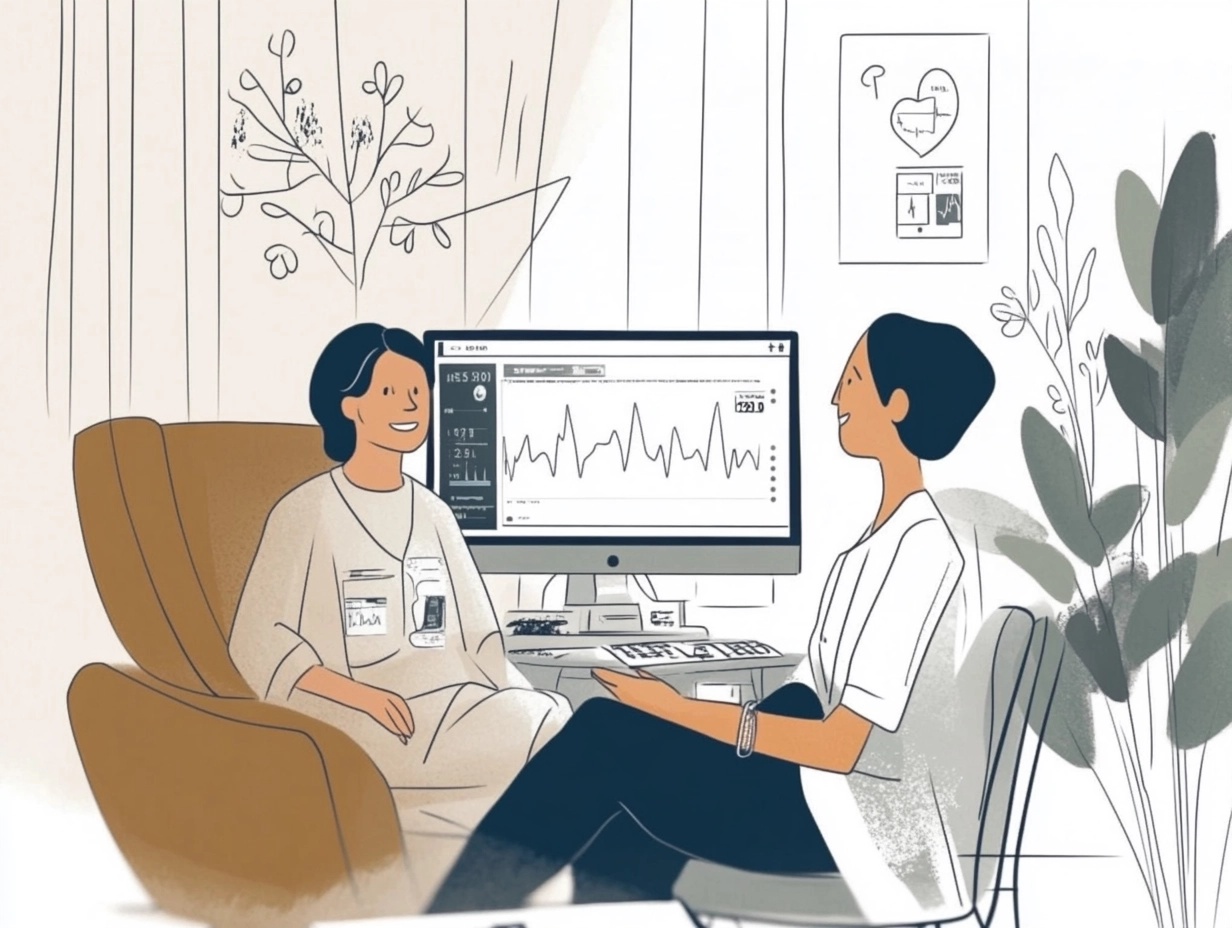

Leave a Reply
You must be logged in to post a comment.